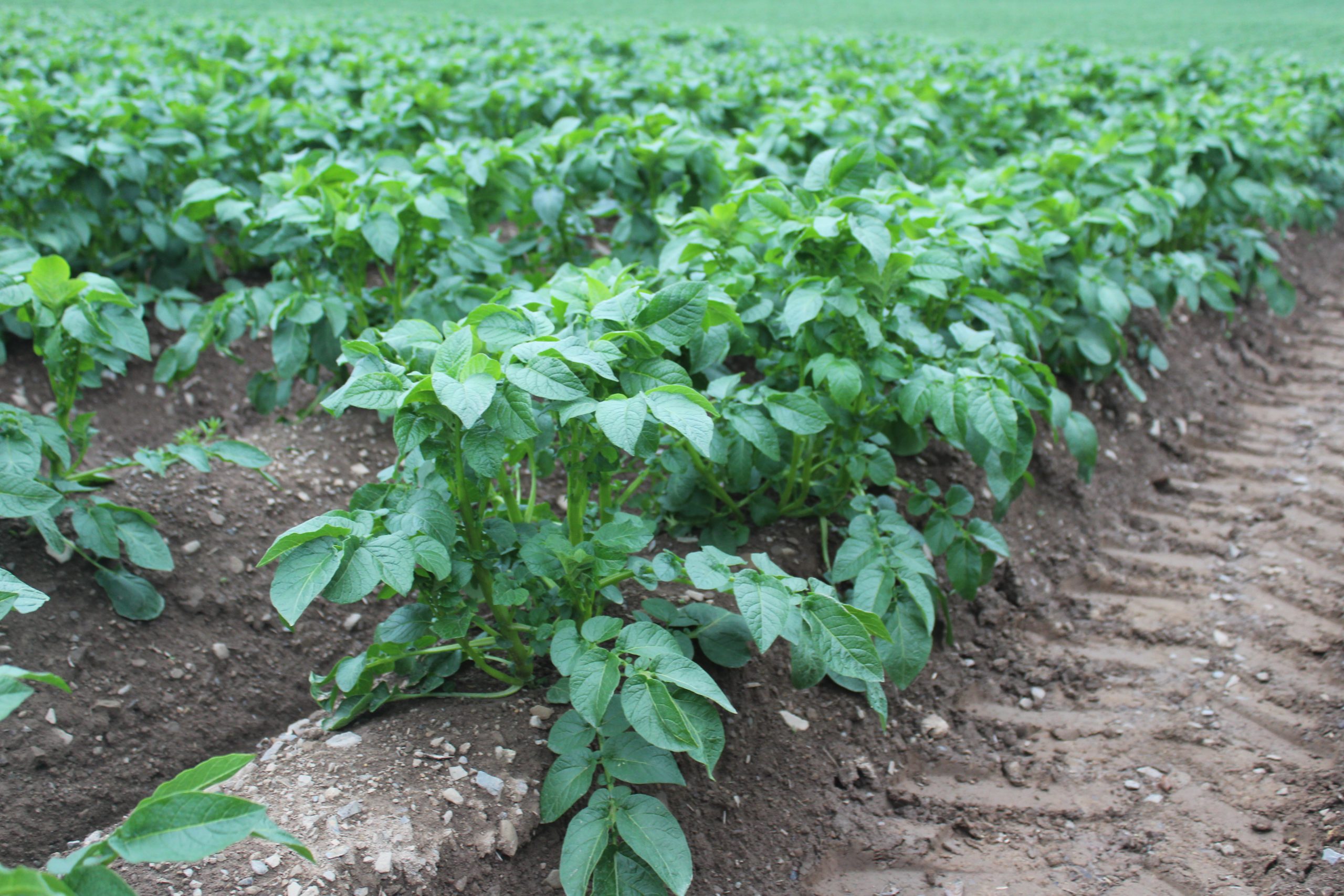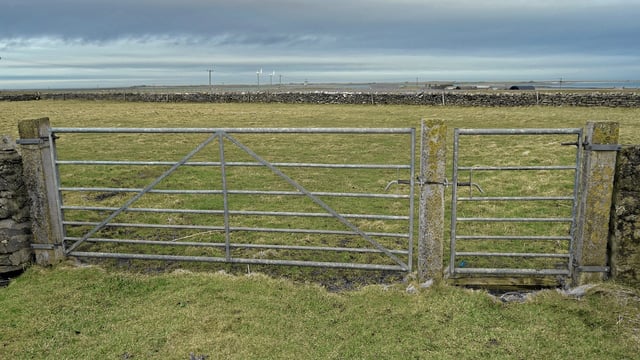Threat of fungicide resistance within Irish blight populations remains
Potato growers attending a Teagasc farm walk in Co. Meath earlier this week were told that the threat of blight remains very real.
And this despite the recent spell dry weather, during which humidity levels remains very low.
Testing carried out last year confirmed that 36A2 was the main strain of blight circulating in Ireland at that time. This strain not strongly associated with mutations that bring about resistance to specific fungicide chemistries.
But according to Teagasc plant disease specialist, Dr. Steven Kildea, this should not lull potato growers into false sense of security.
He explained: “Last year’s survey work tells us one fundamental thing - 36A2 is a very active form of blight. It has imposed itself relative to other blight strains known to be in Ireland.
“This means that A36 has the potential to create serious damage within Irish potato crops if farmers do not take the required preventative steps.”
As was the case last year, Teagasc agronomists have compiled a 14-step blight spraying programme for 2025.
It comprises a total of 14 applications, nominally a week apart. Each application contains a mix of fungicide chemistries.
Dr. Kildea said: “The doubling down on fungicide chemistries is important. This means that one active molecule is not tacking the blight threat on its own.
“So it’s an approach that ensures the chemistries that are currently available can be retained for as long as possible into the future.”
“And all products must be included at their respective full rates. This is critically important if optimal efficacy is to be secured."
To all intents and purposes the Teagasc blight programme, as currently constituted, takes potato growers up to the end of July.
This may be tweaked slightly if drier weather kicks in during the early season and canopy establishment phases.
Beyond that though, it is a case of work-in-progress.
Teagasc agronomist Shay Phelan takes up that story
“Growers must act to ensure that steps are taken to prevent blight from impacting on their potato crops at all times," Phelan said.
“There are no longer any curative products available on the market.
“Late season control measures will be particularly problematic this year. Reglone is no longer available to burn back tops.
“This means that it will take longer than would previously have been the case to get crops through to final harvest,” the Teagasc agronomist stated.






